Add to Wishlist
Bread: A Baker’s Book Of Techniques and Recipes
By Blake Byrne
Publisher: Alexis Press LLC
$135.00
ISBN 13: 979-8-89143-390-8
YEAR: 2024
eBOOK
Instant Delivery
SKU:
ALX-FSB-390-8
Category:
Food Science & Beverages
Additional information
| Access Type | Download eBook, Read Only |
|---|
Be the first to review “Bread: A Baker’s Book Of Techniques and Recipes” Cancel reply
You must be logged in to post a review.
Purchase now to read the book online.
Select optionsRelated products
Beer: Health And Nutrition
$135.00
Cooking Techniques
$135.00
Amino Acids
$135.00
Amino acids are organic compounds that contain both amino and carboxylic acid functional groups. Although hundreds of amino acids exist in nature, by far the most important are the alpha-amino acids, which comprise proteins. Only 22 alpha-amino acids appear in the genetic code. Each method is described in step-by-step detail to ensure successful experimental results and emphasizes sample preparation, particularly the collection and storage of bodily fluids. This book also provides concise coverage of major historical developments in the scientific discipline, so that readers will appreciate the past, understand the current state of the knowledge, and explore the future of the field.
Amino Acids
$135.00
Amino acids are organic compounds that contain both amino and carboxylic acid functional groups. Although hundreds of amino acids exist in nature, by far the most important are the alpha-amino acids, which comprise proteins. Only 22 alpha-amino acids appear in the genetic code. Each method is described in step-by-step detail to ensure successful experimental results and emphasizes sample preparation, particularly the collection and storage of bodily fluids. This book also provides concise coverage of major historical developments in the scientific discipline, so that readers will appreciate the past, understand the current state of the knowledge, and explore the future of the field.
Cuisine Of The Americas
$135.00
The cuisine of the Americas is made up of a variety of food preparation styles. American cuisine consists of the cooking style and traditional dishes prepared in the United States. It has been significantly influenced by Europeans, indigenous Native Americans, Africans, Asians, Pacific Islanders, and many other cultures and traditions. Principal influences on American cuisine are Native American, and immigrant heritages such as American Chinese, Italian American, Cajun, New Mexican, Louisiana Creole, Pennsylvania Dutch, Soul Food, Tex-Mex, and Tlingit. American cuisine saw significant expansion during the 19th and 20th centuries, primarily due to the influx of immigrants from different nations. This has allowed for the current rich diversity in food dishes throughout the country. This was driven in part by the many chefs and television personalities who contributed to the rise of the culinary arts in America.
Cuisine Of The Americas
$135.00
The cuisine of the Americas is made up of a variety of food preparation styles. American cuisine consists of the cooking style and traditional dishes prepared in the United States. It has been significantly influenced by Europeans, indigenous Native Americans, Africans, Asians, Pacific Islanders, and many other cultures and traditions. Principal influences on American cuisine are Native American, and immigrant heritages such as American Chinese, Italian American, Cajun, New Mexican, Louisiana Creole, Pennsylvania Dutch, Soul Food, Tex-Mex, and Tlingit. American cuisine saw significant expansion during the 19th and 20th centuries, primarily due to the influx of immigrants from different nations. This has allowed for the current rich diversity in food dishes throughout the country. This was driven in part by the many chefs and television personalities who contributed to the rise of the culinary arts in America.
Elements of Food Packaging
By Aiden Fisher
$135.00
Food packaging lies at the very heart of the modern food industry and very few foods are sold unpackaged. Good packaging prevents waste and ensures that the food retains its desired quality throughout its shelf life. Despite its importance and the key role that packaging plays, it is often regarded as, at best, somewhat superfluous, and, at worst, a serious waste of resources and an environmental menace. Such views arise because, by the time most consumers come into contact with a package, its job, in many cases, is almost over.
Elements of Food Packaging
By Aiden Fisher
$135.00
Food packaging lies at the very heart of the modern food industry and very few foods are sold unpackaged. Good packaging prevents waste and ensures that the food retains its desired quality throughout its shelf life. Despite its importance and the key role that packaging plays, it is often regarded as, at best, somewhat superfluous, and, at worst, a serious waste of resources and an environmental menace. Such views arise because, by the time most consumers come into contact with a package, its job, in many cases, is almost over.
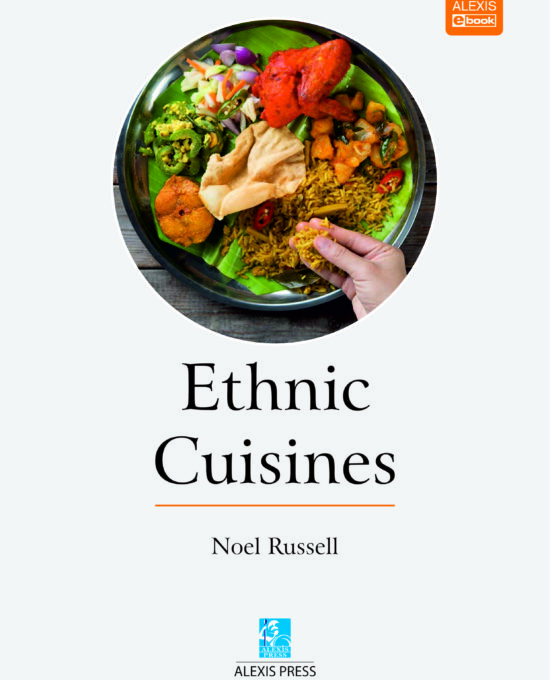
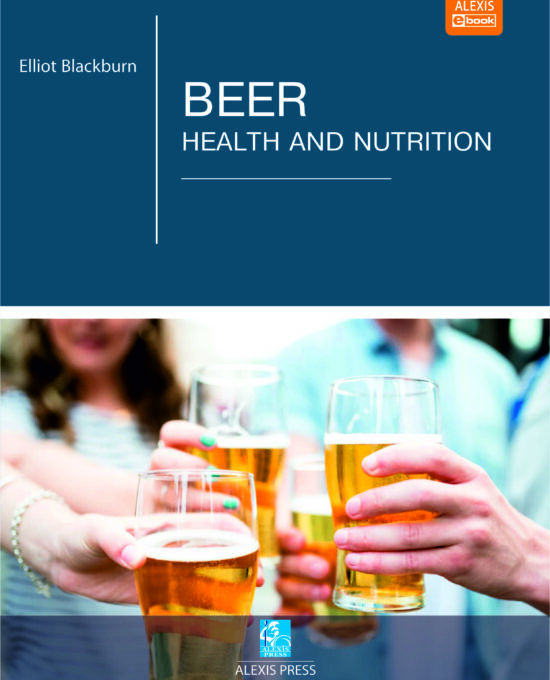

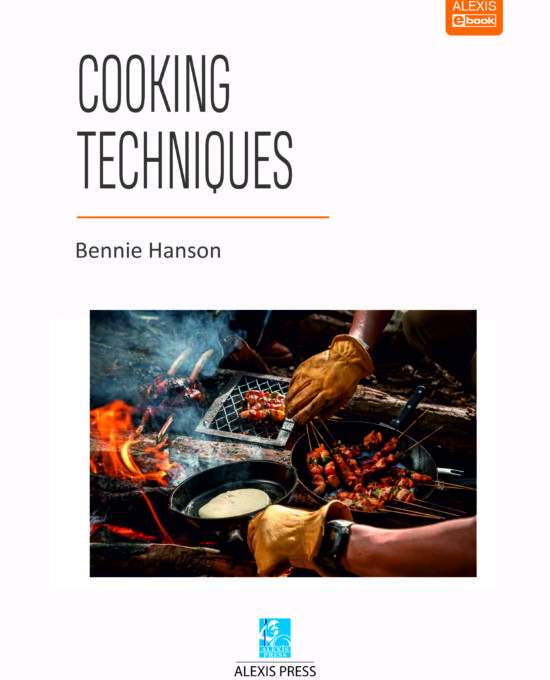
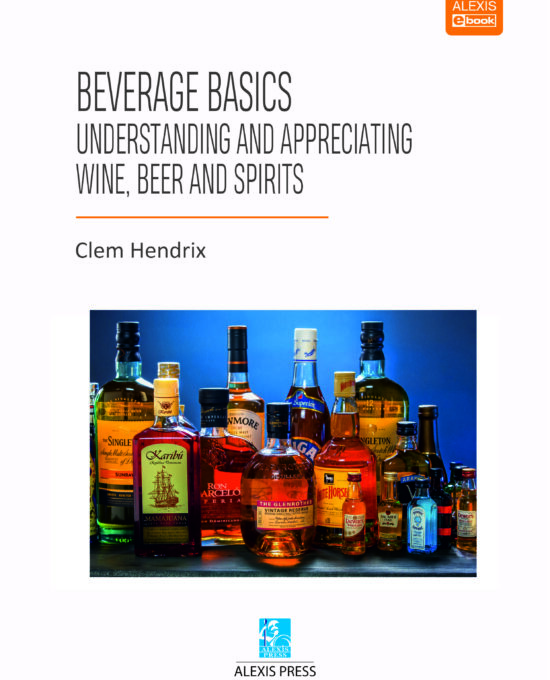
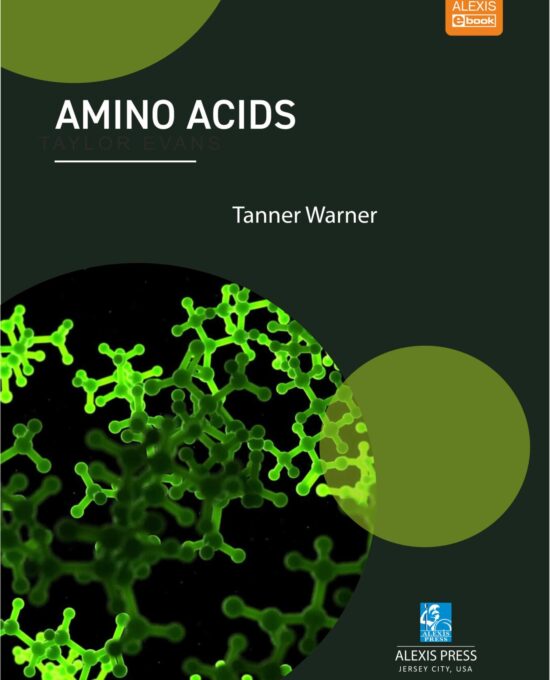
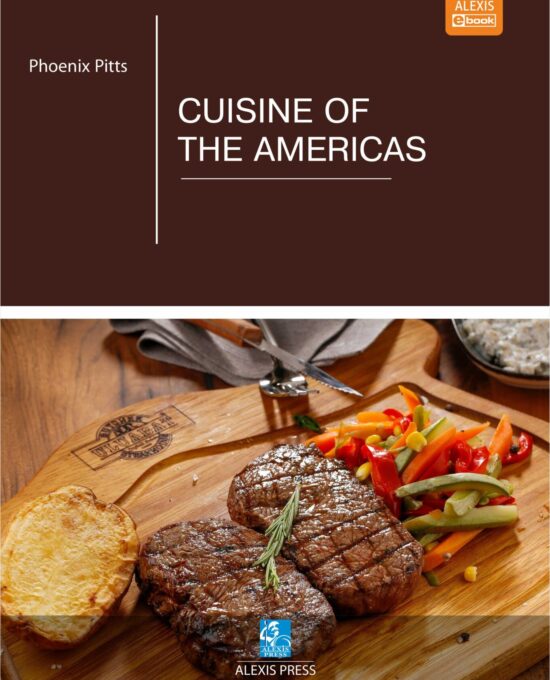
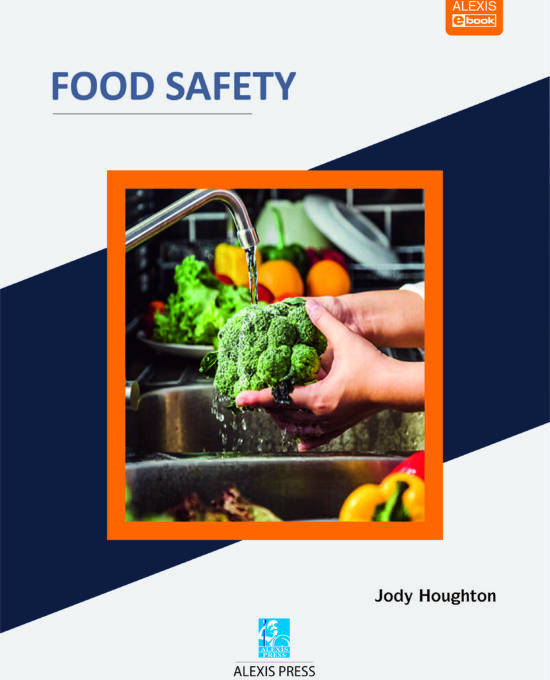
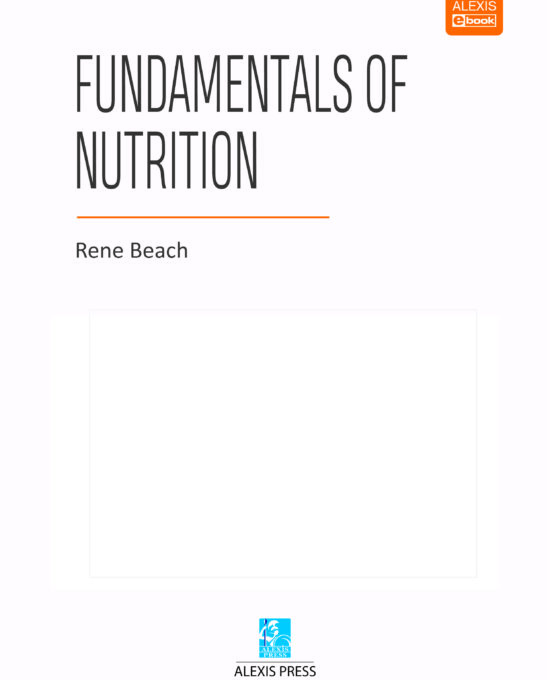
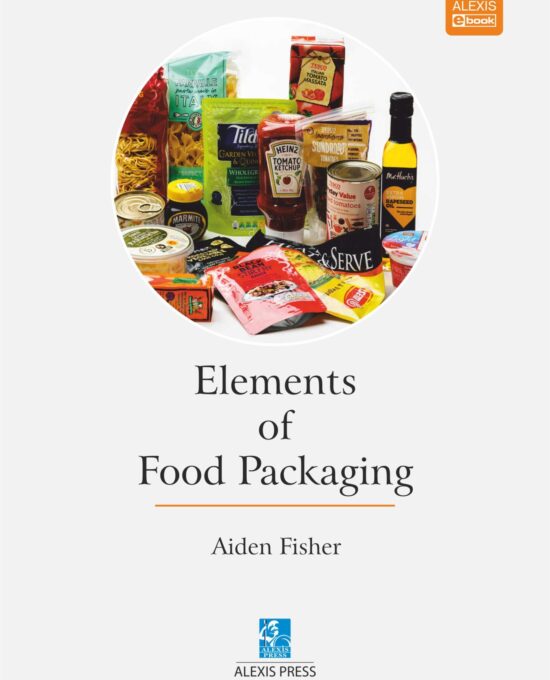

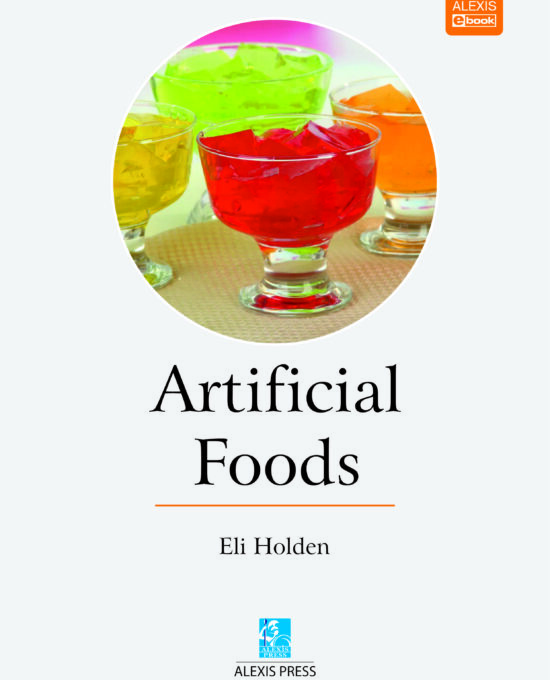
Reviews
There are no reviews yet.